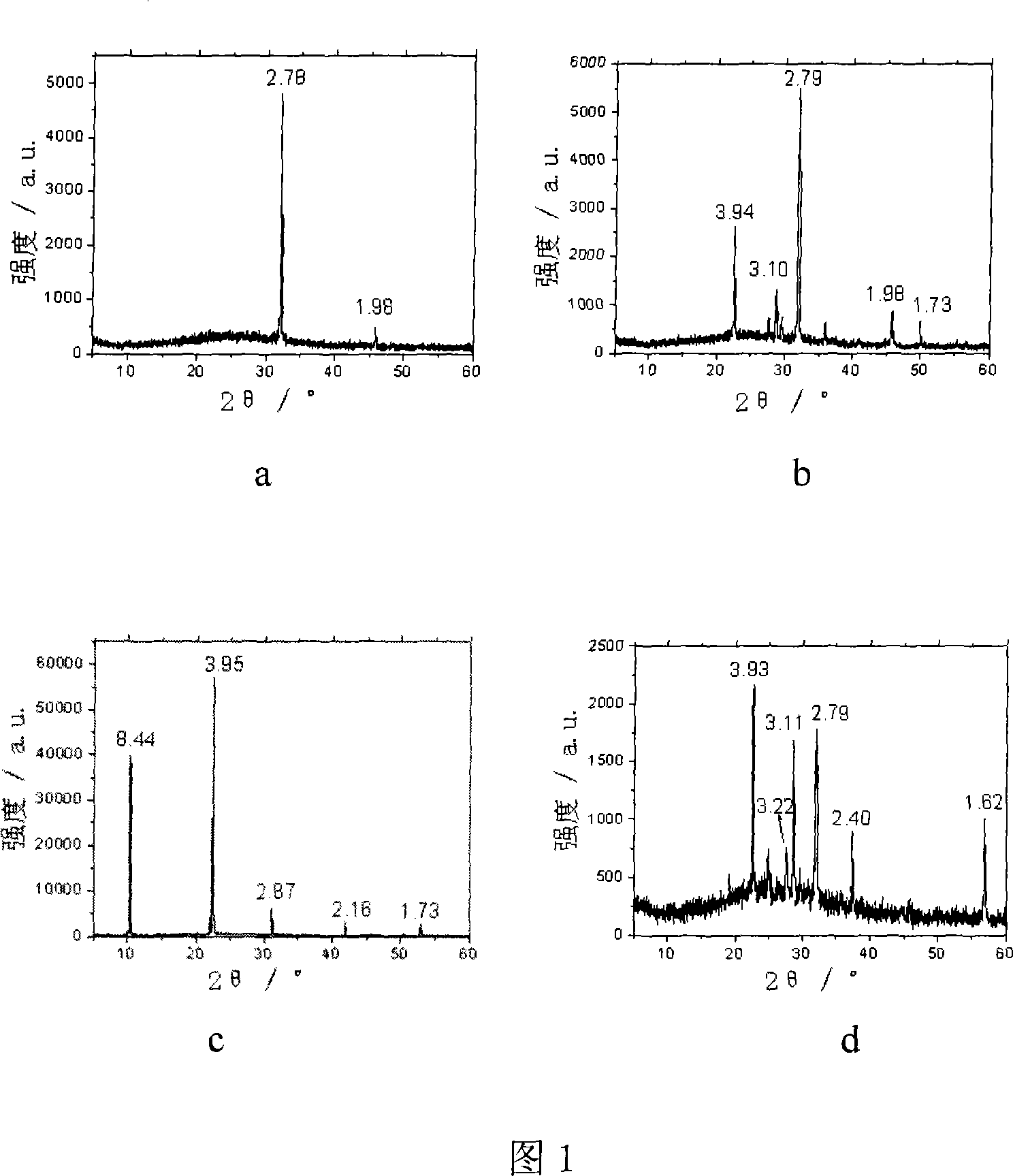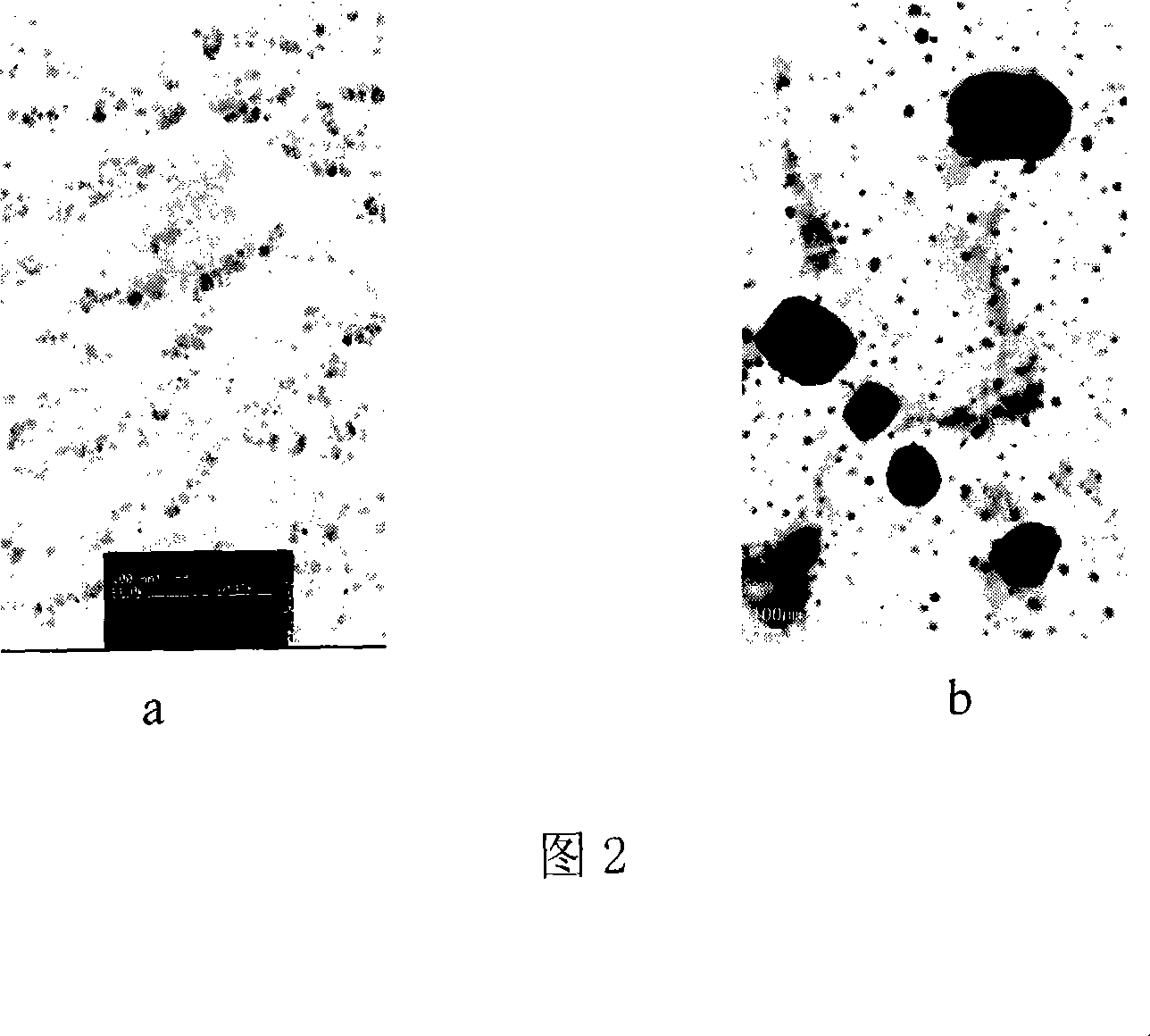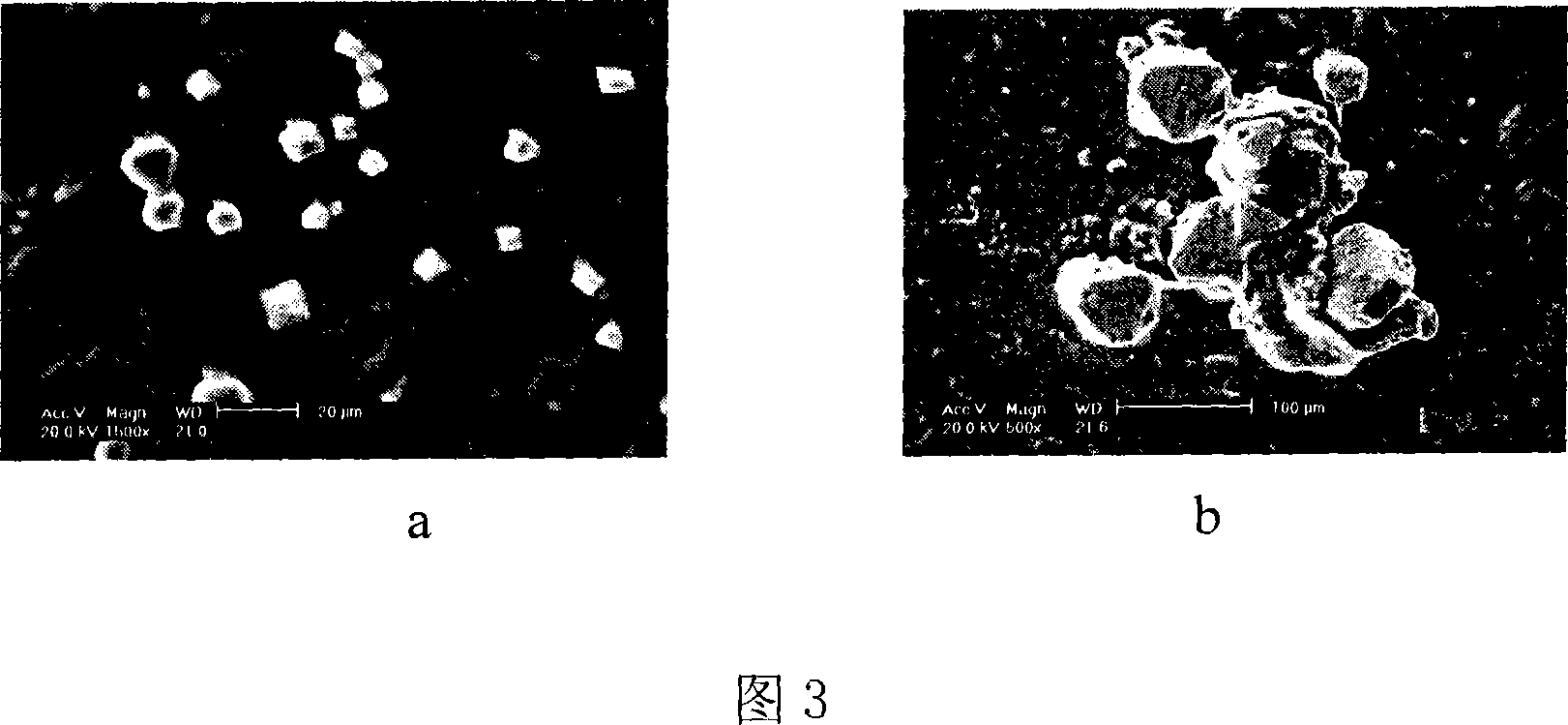Urine process method
A treatment method, urine technology, applied in the direction of material inspection products, preparation of test samples, biological testing, etc., can solve the problems of inapplicable quantitative detection, etc., and achieve the effect of simple operation
- Summary
- Abstract
- Description
- Claims
- Application Information
AI Technical Summary
Problems solved by technology
Method used
Image
Examples
Embodiment 1
[0027] Collect 15ml of fresh morning urine from patients with calculus and normal persons, and immediately add 0.15ml of 2% (mass fraction) sodium azide solution to the collected fresh morning urine from patients with calculus and normal persons for preservation, and then add 15ml of anhydrous Ethanol, let it stand for 30 minutes to denature the protein in the urine; then filter through a 1.2 μm microporous membrane to remove cell debris and denatured protein precipitation, take the filtrate, drop the filtrate on a clean glass piece, and place it in a dust-free incubator. The temperature is controlled at about 50°C, the urine is allowed to volatilize, and the urine microcrystals are retained for XRD characterization. The results are shown in Figure 1. Figure 1 is the XRD spectrum of the urine sample treated in this example, where a and b are normal human urine The XRD pattern of urine microcrystals in urine, c, d are the XRD patterns of urine microcrystals in the urine of patie...
Embodiment 2
[0029] Collect 15ml of fresh morning urine from patients with calculi and normal persons respectively, and immediately add 0.30ml of 1% (mass fraction) sodium azide solution to the fresh morning urine collected from patients with calculus and normal persons for preservation, and then add 15ml of anhydrous Ethanol, let it stand for 40 minutes to denature the protein in the urine; centrifuge (4000 rpm) for 10 minutes to remove cell debris and denatured protein precipitates, take the supernatant and drop it on a copper grid, and do TEM to detect the shape and size of the crystal after drying , the results are shown in Fig. 2, Fig. 2 is the TEM figure of the urine sample processed in this embodiment, wherein a is the TEM figure of the urine microcrystals in the urine of normal people, and wherein b is the TEM figure of the urine microcrystals in the urine of patients with urolithiasis From Figure 2, it can be seen that there are obvious differences in the TEM pictures of urine crys...
Embodiment 3
[0031] Collect 15ml of fresh morning urine from patients with calculus and normal persons, and immediately add 0.30ml of 2% (mass fraction) sodium azide solution to the fresh morning urine of patients with calculus and normal persons for preservation, and then add 30ml of anhydrous Ethanol, let it stand for 30 minutes to denature the protein in the urine; then filter through a 0.5 μm microporous membrane to remove cell debris and denatured protein precipitates, and dilute the filtrate by 20% with 0.15 mol / L NaCl solution (normal saline) , drop it on a clean glass sheet, place it in a dust-free incubator, and control the temperature at about 50°C. After the urine is volatilized, the sample is sprayed with gold, and the urine microcrystals are characterized by SEM. The results are shown in Figure 3. Fig. 3 is the SEM figure of the urine sample that present embodiment processes, and wherein a is the SEM figure of urine crystallite in the urine of normal person, and wherein b is th...
PUM
 Login to View More
Login to View More Abstract
Description
Claims
Application Information
 Login to View More
Login to View More - R&D
- Intellectual Property
- Life Sciences
- Materials
- Tech Scout
- Unparalleled Data Quality
- Higher Quality Content
- 60% Fewer Hallucinations
Browse by: Latest US Patents, China's latest patents, Technical Efficacy Thesaurus, Application Domain, Technology Topic, Popular Technical Reports.
© 2025 PatSnap. All rights reserved.Legal|Privacy policy|Modern Slavery Act Transparency Statement|Sitemap|About US| Contact US: help@patsnap.com



